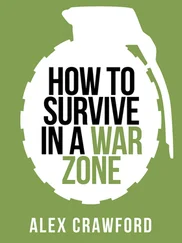Airway – is the airway open and clear? Is something obstructing the breathing? If so, you need to try to remove it. The casualty can choke on their own tongue if you are not careful. You need to tip their head backwards before you start to check inside the mouth for obstructions. If the mouth is clear, then clearing the airway means putting one hand on their forehead to gently tilt the head back and raising their chin using two fingertips.
Breathing – is their breathing normal? Put your cheek down to their face and listen and feel for breathing. Look to see if their chest is moving. If there are no signs of breathing after 10 seconds, start CPR immediately (see opposite).
Circulation – is the patient bleeding? Do a head-to-toe check (see Head-To-Toe Check) for bleeding and other problems. Bleeding needs to be treated immediately (see Pressure points to control bleeding). It might lead to shock – and that can be deadly.
If all three ABC are fine, place the casualty in the recovery position (see Recovery position for adults and children) and focus on getting some emergency help again before carrying on with second checks (see Recovery position for adults and children).
CPR for adults
Cardiopulmonary resuscitation (CPR) is an essential part of your first-aid armoury. While the chances of bringing someone back to life with CPR are very slim, it can happen, sometimes even immediately. The shock of the pressure on their chest might be enough to kickstart their body again, but probably not. ‘Oh,’ I can hear you thinking, ‘what’s the point then?’
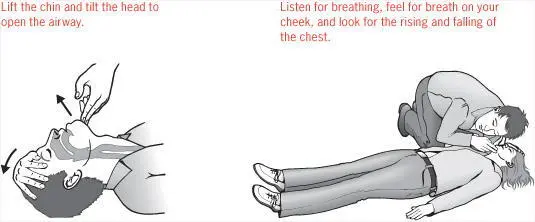
The point is to keep the casualty’s blood moving around their body, pushing the oxygen you have blown into their lungs to their brain and limbs until the professionals arrive with some decent drugs and machinery. You are a replacement for the casualty’s own heart and lungs.
There are two elements to CPR: chest compressions and ‘mouth-to-mouth’ or the ‘kiss of life’. You carry out 30 chest compressions for every two breaths.
If you get confused which way round it is, just think about how many times your heart beats in a minute compared to your breathing rate. We breathe only about 15 times a minute, but our heart needs to beat about 70 times a minute on average.
Chest compressions for adults
Kneeling next to the casualty, find the right place for your hands.You are looking for about two fingers up from the bottom of the breastbone. You place the heel of your hand right in the middle of the chest avoiding the ribs and stomach.
HEAD-TO-TOE CHECK
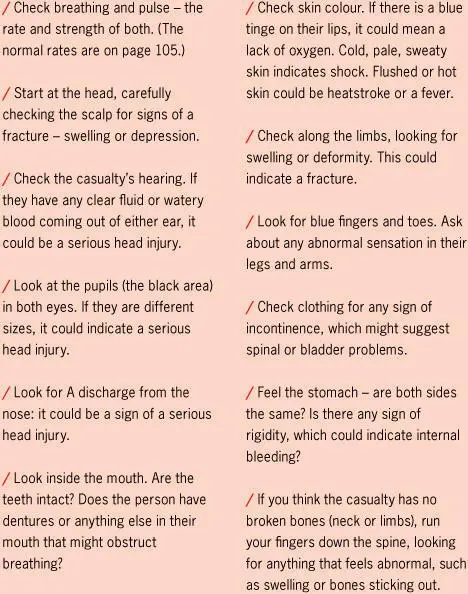
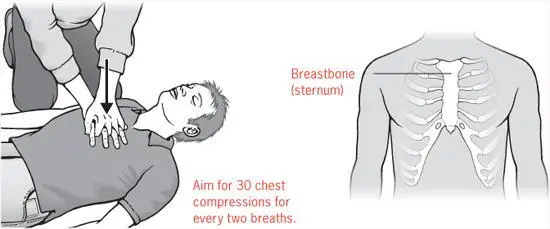
Wrap one hand through the otherand, leaning directly over the casualty so you have your full weight on your hands, push hard down, but not hard enough to break their ribs (a depth of around 5 cm). Let the chest rise again and continue with your next compression. You need to do a total of 30 compressions at a rate of around 100 a minute – quite fast – and then give two long breaths (as described below). You will get tired quickly, so it is good to work in a team to ensure you can keep going as long as possible.
Mouth-to-mouth resuscitation
After 30 compressions you need to administer two long breaths. Make sure the airway is still open after all the up and down movements, then put one hand on the forehead and two fingers on the chin to lift it up. Move the hand on the forehead down to pinch the soft part of the nose and gently open the casualty’s mouth.
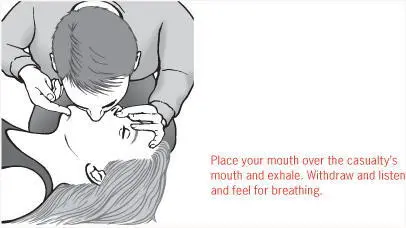
Still tilting their neck back and holding their nose, breathe deeply into their mouth. Turn your head and check the chest is rising. If it isn’t, then it’s not working…you need to adjust the head in order to make it work. In total you need to give two of these deep breaths, however many times that means adjusting the head and starting again. The idea is to give the casualty essential oxygen.
Now move back to the chest compressions: another 30 before you give two more breaths. If you are working in a team, you must stop the chest compressions while the breaths are given in order to check that the lungs are rising.
Mouth-to-nose resuscitation
This technique can be used when there are injuries to the mouth, poison or other dangerous substances around it, and in drowning incidents. Create a seal with your mouth over the person’s nose, hold the mouth shut and breathe into the casualty. Then open the mouth to allow the person to breathe out. If they have just been dragged out of water, this will allow them to choke water up without interference from you.
Where toxic substances are involved, you can still do mouth-to-mouth by using a face shield – a piece of plastic with a hole in the middle – which fits over the casualty’s mouth and thus avoids you having to touch the area directly. They are often found in shop-bought medical kits, but you can make one on the spot if necessary: a thin T-shirt will work as a barrier if stretched across the mouth.
Continue CPR for how long?
Most people will tell you to continue for between 45 minutes and an hour. But in reality you will carry on as long as you can if there is a possibility of rescue. This will be a lot easier, of course, if there is a team of you. But if there has been no sign of life after the first five minutes, you are unlikely to see any result until the real doctors arrive. That’s not because you’re doing anything wrong; it’s because the doctors have the right kit, such as drugs, defibrillators and oxygen, and they might even have heart-lung machines back in the hospital.
CPR for babies
By ‘baby’ I mean a child up to the age of three. Carry out all the basic ABC checks (see ABC – the first checks) with extra care as the signs may not be as obvious. If the baby is not breathing, start CPR, as follows.
Emergency breaths first
You need to start by giving the baby a big intake of oxygen as their body does not absorb oxygen as well as an adult’s. Tilt their head back, with one finger this time rather than two. Keep one hand on their forehead. With a baby you need to create a seal over their mouth and nose with your mouth. Give them five initial slow breaths. Remember a baby’s lungs are smaller than yours so the breaths should not be as deep and full as with an adult or older child. Check to see if their chest is rising and falling each time. Then move onto compressions.
Chest compressions for babies
Find the bottom of the baby’s breastbone and move one finger-width up towards the middle of the chest. Take two fingers and use minimal pressure to press the chest down to around a third of its height. Allow the chest to return to normal, then continue with the next compression. Do 30 before you stop to give the baby two breaths. The rate is the same as that for adults – around 100 compressions a minute.
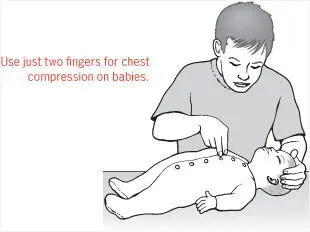
CPR for children
Here I mean children aged between three and 14. Carry out all the ABC checks (see ABC – the first checks) with extra care. As with infants, start by giving five initial breaths (see opposite), this time covering just their mouth with yours. Now move onto chest compressions, following the method of adult CPR, but using just one hand, not two (see CPR for adults).
Читать дальше
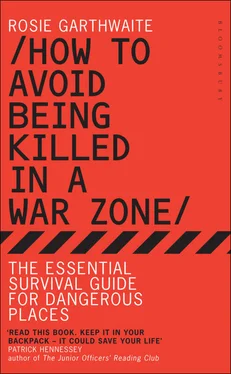





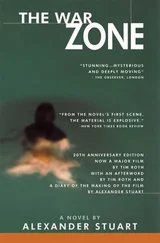


![Джонатан Димблби - Barbarossa - How Hitler Lost the War [calibre]](/books/385421/dzhonatan-dimblbi-barbarossa-how-hitler-lost-the-w-thumb.webp)





